On the entire planet, there are only two public parks that feature in the first annual list of the World’s Greatest Places. Delhi’s very own Sunder Nursery has made this list! Located near the crowded Nizamuddin Basti area, the nursery is a whole other tranquil world in itself. Sprawling, lush green gardens and a fantastic array of flowers welcome you. Beyond the greenery stands the Sunderwala Burj, the nursery’s namesake. It was a matter of seconds before our cameras were out once we entered.
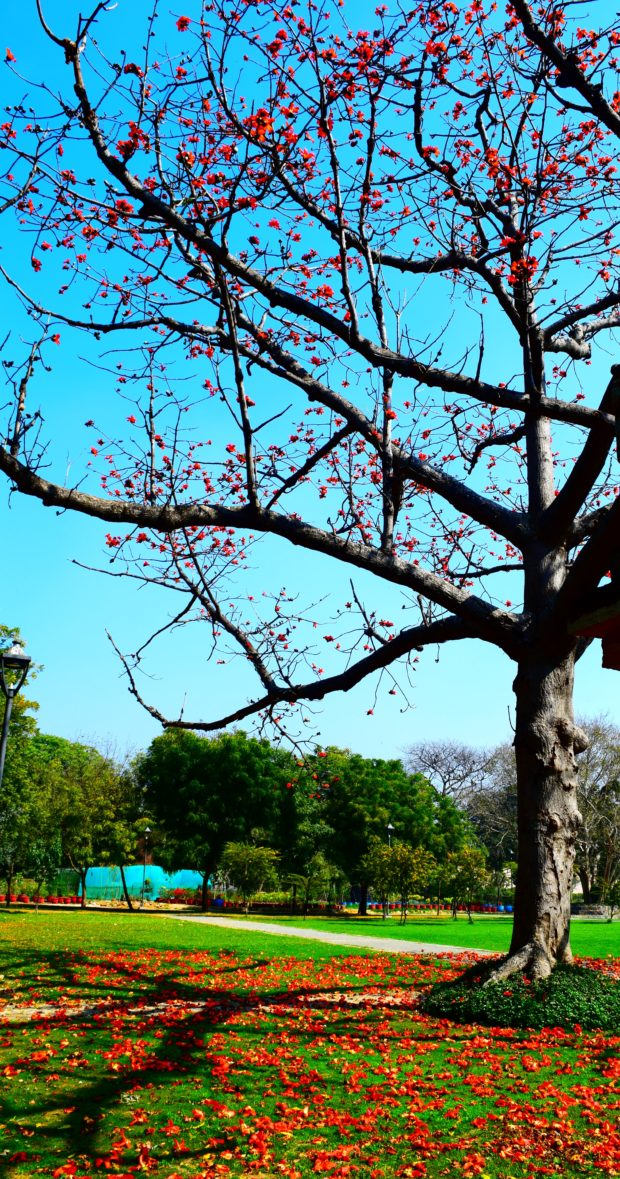
The inside of the Burj is ornamented with verses from the Quran. The ceiling is decorated with beautiful star-shaped and pentagonal concentric patterns. The four corners of the tomb have squinches with beautiful stucco work.
As we exited the Burj from the other side, our jaws dropped in awe. In front of us, we had one of the most beautiful water canals we had ever seen. We were immediately reminded of the one in front of the Taj Mahal. … the lotus-shaped marble fountains visible through the crystal clear water.
On both sides of the canal are red sandstone pavements. And framing the pavements are numerous plumeria trees with their contrasting dark green leaves and white flowers, commonly known as frangipani. It was a sight to behold as we walked down and reached the end of the enchanting canal. The 16th century Burj had its replica, in the water. Looking at the reflection, it seemed as if we were looking at a parallel world.
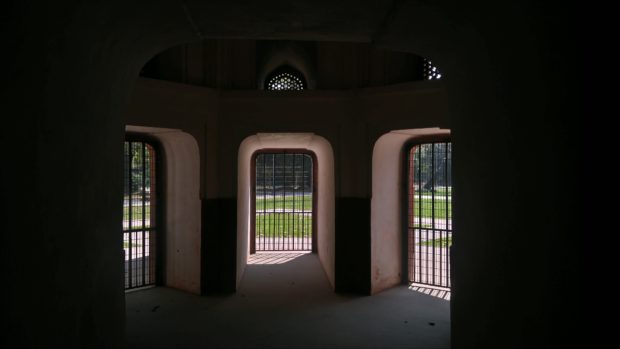
Further down on the left, there is another burj very similar to the Sunderwala Burj. However, as we went closer, we realised that this burj was much bigger than the previous one and perched on a high platform. Known as the Lakkadwala Burj, the structure is surrounded by rose beds and gulmohar trees. Just like the Sunderwala Burj, this one also has squinches and Quranic inscriptions. The jaali jharokhas and the ceiling have been restored beautifully and look stunning.
A huge artificial lake has been developed in the middle of the nursery. This lake is connected to water canals which run like arteries throughout the 90-acre area.
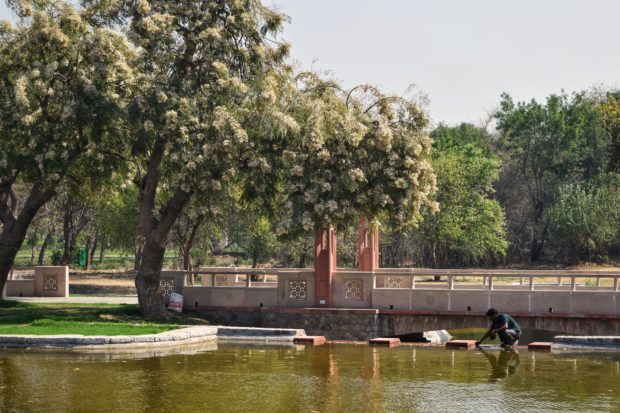
Next, we saw a one-storey structure, with arches all around it … the Sunderwala Mahal. It resembles the platform on which Humayun’s Tomb rests. The mahal seemed empty and we had almost exited it when we saw a door which led to an underground level. Sadly, the iron door was closed with heavy chains. From the information board outside, we got to know that the subterranean level houses graves of many unidentified people.
Apart from these major structures, there are many hidden wonders at Sunder Nursery. There’s the Mughal Pavilion, the towering arched gateway, and the Azimganj Sarai (originally a part of the Mughal-era Grand Trunk Road). The restoration work of the nursery-cum-park is still going on. There is also an amphitheatre in the campus. We wish that we soon get to see some musical or poetry events being organised here.
Looking at the before and after pictures of the monuments and the gardens on the sign boards, we could not help but admire the effort. Thousands of people must have toiled over a decade to convert this wasteland into the pleasing space it is today.
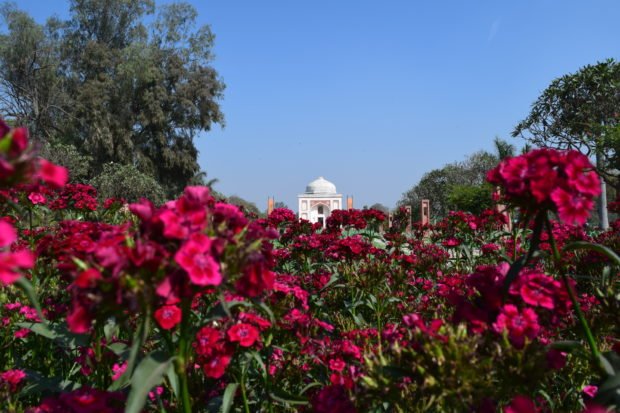
Eventually, we headed over to the nursery part of the gardens. And what a sight! Rows and rows of plants sitting peacefully in freshly painted pots. There are so many (and some quite rare) varieties of ferns, fruits, shrubs, and creepers here. The nursery also houses many medicinal plants which are in demand throughout the year. We also spotted the bonsai house, something you should not miss.
It is said that when Lutyens’ Delhi was being developed, it was this nursery that supplied plants to all the major complexes.
Since the park is huge, we eventually got tired. So we decided to sit on the pretty Victorian-style green iron benches. Sitting in the shade of the trees, we saw many people working on the flower beds and mowing the grass. It was almost lunchtime. And the gardeners came together cycling and sat down to have food. The gardens dotted with the red and white monuments and numerous flower beds present a tranquil picture on a beautiful autumn day.

The park is also home to many species of birds. We saw a leafless tree with over 20 hawks sitting on its bare branches. The sight was a complete contrast to the blooming lush green surroundings and we were awestruck.
The future plans for the Nizamuddin Urban Renewal Project include developing a corridor connecting Humayun’s Tomb and Sunder Nursery to Purana Qila and the Delhi Zoo. The plans also aim to build the present Sunder Nursery into India’s largest park, covering 900 acres.
For years, Sunder Nursery has largely remained an unexplored site, overshadowed by Humayun’s Tomb, a landmark monument of Delhi. Thanks to the extensive restoration work done by various competent authorities, like the Agha Khan Trust for Culture, Archeological Survey of India, and the Central Public Works Department, the nursery has come to life again. Sunder Nursery serves as the perfect refuge from the chaos of the city, located right in its heart.



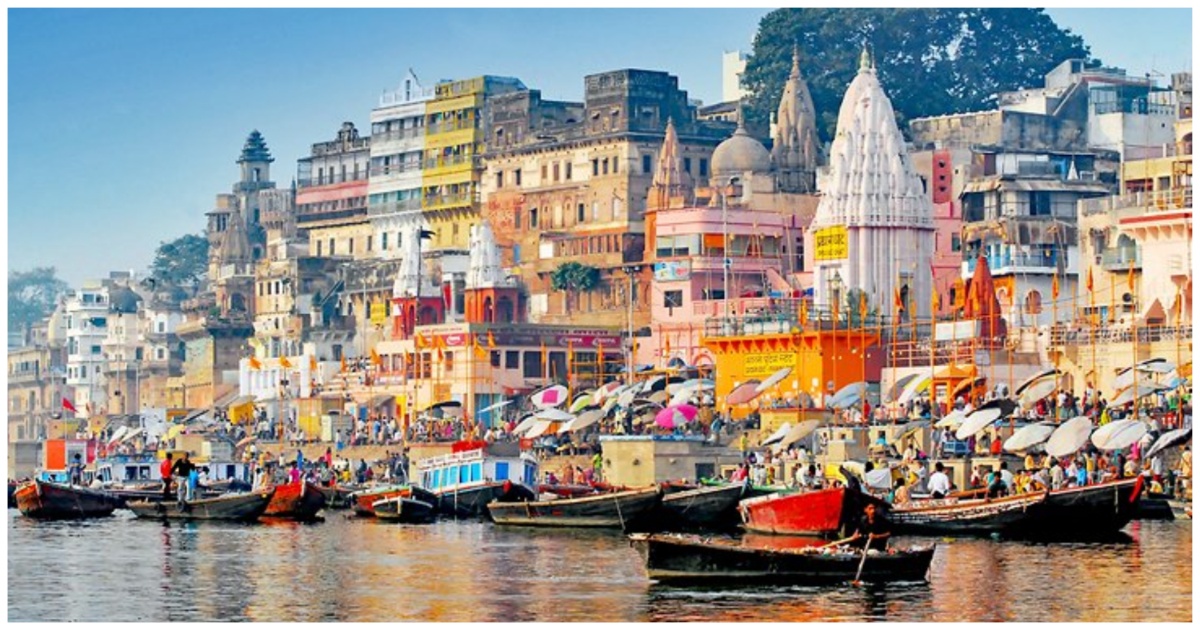
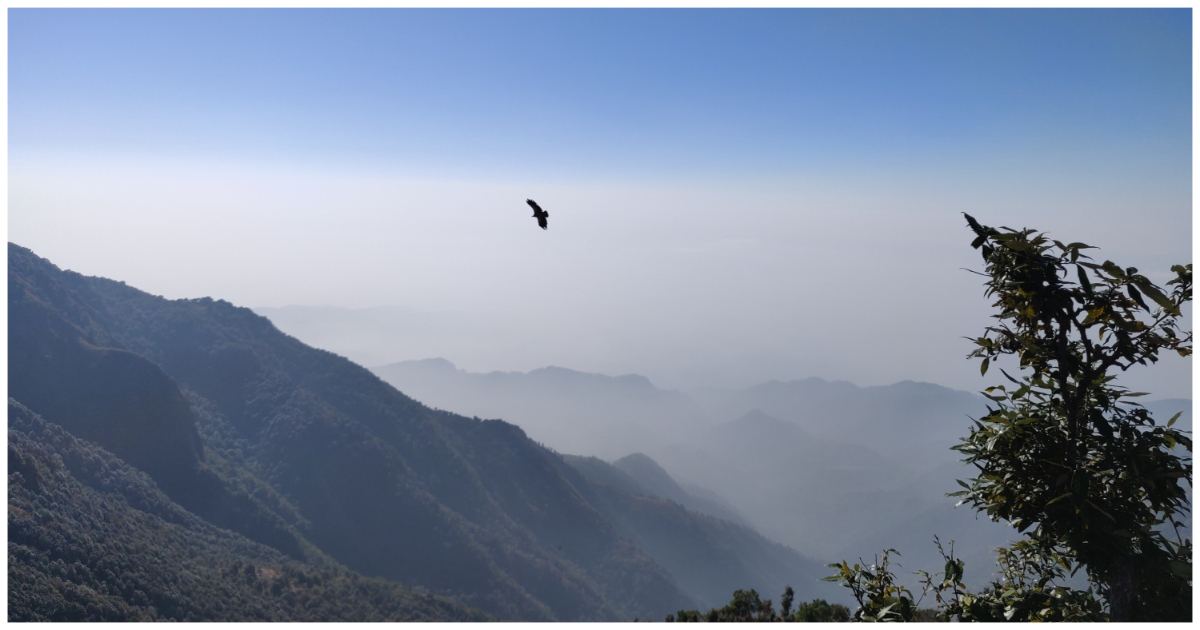
Wow….it felt as if I am myself walking through the area. Very detailed description.